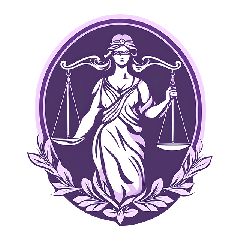AMADO PICART vs. FRANK SMITH, JR.
(37 Phil 809) G.R. No. L-12219, March 15, 1918
FACTS:
Amado Picart was riding on his pony over Carlatan Bridge in San Fernando, La Union When Smith approached from the opposite direction in an automobile with rate of speed of about ten or twelve miles per hour. As the Smith neared the bridge he saw a horseman on it and blew his horn to give warning of his approach. He continued his course and after he had taken the bridge he gave two more successive blasts, as it appeared to him that the man on horseback before him was not observing the rule of the road.
Picart saw the automobile and heard the warning signals. Being perturbed by the rapid approach of the vehicle, he pulled the pony closely up against the railing on the right side of the bridge instead of going to the left. The bridge is about 75 meters and a width of only 4.80 meters. The vehicle approached without slowing down. Smith quickly turned his car sufficiently to the right to escape hitting the horse alongside of the railing where it as then standing; but due to the automobile’s close proximity to the animal, the animal became frightened and turned its body across the bridge with its head toward the railing. In so doing, it as struck on the hock of the left hind leg by the flange of the car and the limb was broken.
The horse fell and its rider was thrown off. As a result of its injuries the horse died. The plaintiff received contusions which caused temporary unconsciousness and required medical attention for several days.
ISSUE:
Whether Smith was guilty of negligence and liable for civil obligations
HELD:
Yes. The control of the situation had then passed entirely to the defendant; and it was his duty either to bring his car to an immediate stop or, seeing that there were no other persons on the bridge, to take the other side and pass sufficiently far away from the horse to avoid the danger of collision. Instead of doing this, the defendant ran straight on until he was almost upon the horse.
A prudent man, placed in the position of the defendant, would in our opinion, have recognized that the course which he was pursuing was fraught with risk, and would therefore have foreseen harm to the horse and the rider as reasonable consequence of that course. Under these circumstances the law imposed on the defendant the duty to guard against the threatened harm.
It goes without saying that the plaintiff himself was not free from fault, for he was guilty of antecedent negligence in planting himself on the wrong side of the road. But as we have already stated, the defendant was also negligent; and in such case the problem always is to discover which agent is immediately and directly responsible. Under these circumstances the law is that the person who has the last fair chance to avoid the impending harm and fails to do so is chargeable with the consequences, without reference to the prior negligence of the other party.
Test of Negligence:
Did the defendant in doing the alleged negligent act use that person would have used in the same situation? If not, then he is guilty of negligence.
“last clear chance” rule is applicable. In other words, when a traveler has reached a point where he cannot extricate himself and vigilance on his part will not avert the injury, his negligence in reaching that position becomes the condition and not the proximate cause of the injury and will not preclude a recovery. (Note especially Aiken vs. Metcalf [1917], 102 Atl., 330.)
